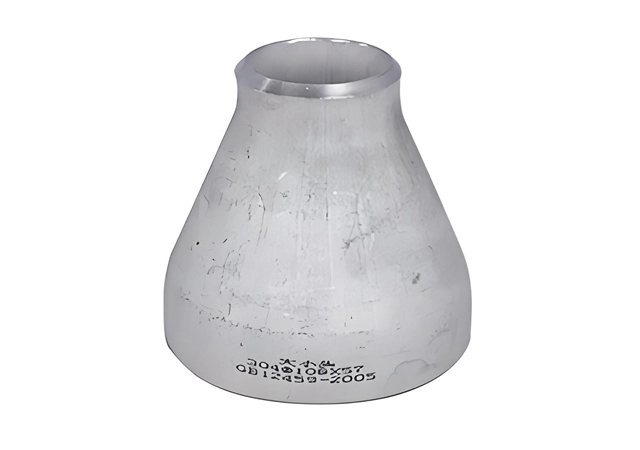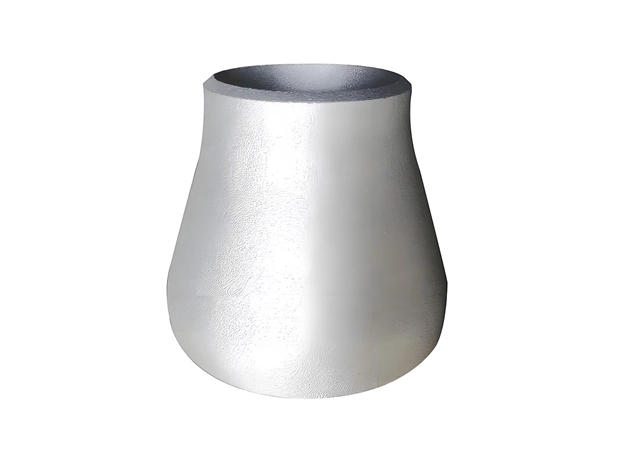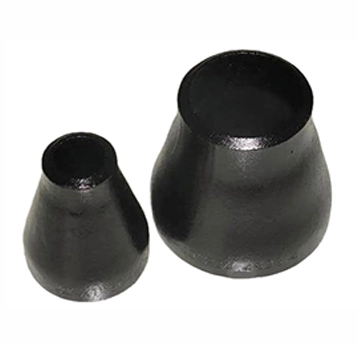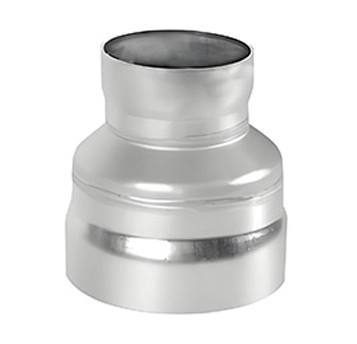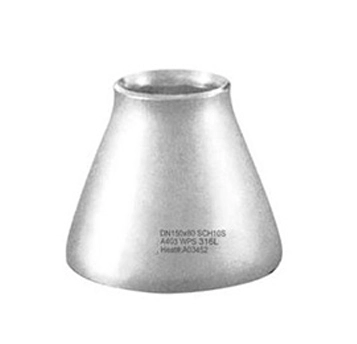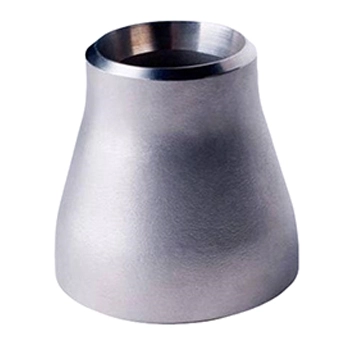| Standard | Description | Common Grades | Applications |
| ASME/ANSI B16.9 | Covers factory-made wrought steel butt-welding fittings, including concentric reducers. | WPB (carbon steel), WP11, WP22, WP91 (alloy steels) | High-pressure and high-temperature applications; oil, gas, petrochemical industries |
| ASME/ANSI B16.11 | Covers forged steel fittings, including threaded and socket-weld concentric reducers. | WPB (carbon steel), WP11, WP22, WP91 (alloy steels) | Smaller-diameter pipes; low-to-medium pressure systems |
| ASME/ANSI B16.28 | Specifies requirements for wrought steel butt-welding short-radius elbows and returns, including reducers. | WPB (carbon steel), WP11, WP22, WP91 (alloy steels) | Systems with space constraints |
| ASTM A234/A234M | Standard specification for carbon and alloy steel pipe fittings, including concentric reducers. | WPB (carbon steel), WP11, WP22, WP91 (alloy steels) | High-pressure and high-temperature applications; oil, gas, petrochemical industries |
| ASTM A403/A403M | Covers wrought austenitic stainless steel fittings, including concentric reducers. | WP304, WP304L, WP316, WP316L | High corrosion resistance; food processing, chemical industries |
| ASTM A420/A420M | Standard for low-temperature carbon steel fittings, including reducers. | Low-temperature carbon steel grades | Cryogenic applications |
| ASTM A815/A815M | Covers wrought ferritic, austenitic, and duplex stainless steel fittings. | UNS S31803 (duplex), UNS S32750 (super duplex) | High corrosion resistance; marine, chemical industries |
| MSS SP-43 | Covers wrought stainless steel butt-welding fittings, including concentric reducers. | WP304, WP304L, WP316, WP316L | Low-pressure systems |
| MSS SP-75 | Specifies high-test, wrought, butt-welding fittings, including reducers. | WPB (carbon steel), WP11, WP22, WP91 (alloy steels) | High-pressure and high-temperature applications |
| MSS SP-79 | Covers socket-welding reducers for small-diameter pipes. | WPB (carbon steel), WP11, WP22, WP91 (alloy steels) | Small-diameter pipes |
| MSS SP-95 | Standard for swage(d) nipples and reducers. | WPB (carbon steel), WP11, WP22, WP91 (alloy steels) | Various industrial applications |
| EN 10253 | Covers butt-welding pipe fittings, including concentric reducers. | Part 1: Non-alloy steel fittings; Part 2: Alloy and stainless steel fittings | European piping systems |
| EN 10241 | Specifies threaded steel fittings, including reducers. | Various steel grades | European piping systems |
| EN 1092-1 | Covers flanges and flanged fittings, including flanged reducers. | Various steel grades | European piping systems |
| ISO 4144 | Specifies dimensions and materials for stainless steel threaded fittings, including reducers. | Various stainless steel grades | International applications |
| ISO 5251 | Covers stainless steel butt-welding fittings, including reducers. | Various stainless steel grades | International applications |
| DIN 2616 | Covers butt-welding fittings, including concentric reducers. | Various steel grades | European piping systems |
| DIN 2605 | Specifies dimensions and materials for steel butt-welding reducers. | Various steel grades | European piping systems |
| JIS B2311 | Covers general-purpose steel butt-welding fittings, including reducers. | Various steel grades | Japanese piping systems |
| JIS B2312 | Specifies stainless steel butt-welding fittings, including reducers. | Various stainless steel grades | Japanese piping systems |
| JIS B2313 | Covers socket-welding fittings, including reducers. | Various steel grades | Japanese piping systems |
| GOST 17378 | Covers steel butt-welding fittings, including reducers. | Various steel grades | Russian and CIS countries |

 EN
EN
